Get a Sisley Certificate of Authenticity for your painting (COA) for your Sisley drawing.
For all your Sisley artworks you need a Certificate of Authenticity (COA) in order to sell, to insure or to donate for a tax deduction.
Getting a Sisley Certificate of Authenticity (COA) is easy. Just send us photos and dimensions and tell us what you know about the origin or history of your Sisley painting or drawing.
If you want to sell your Sisley painting or drawing use our selling services. We offer Sisley selling help, selling advice, private treaty sales and full brokerage.
We have been authenticating Sisley and issuing certificates of authenticity since 2002. We are recognized Sisley experts and Sisley certified appraisers. We issue COAs and appraisals for all Sisley artworks.
Our Sisley paintings and drawings authentications are accepted and respected worldwide.
Each COA is backed by in-depth research and analysis authentication reports.
The Sisley certificates of authenticity we issue are based on solid, reliable and fully referenced art investigations, authentication research, analytical work and forensic studies.
We are available to examine your Sisley painting or drawing anywhere in the world.
You will generally receive your certificates of authenticity and authentication report within two weeks. Some complicated cases with difficult to research Sisley paintings or drawings take longer.
Our clients include Sisley collectors, investors, tax authorities, insurance adjusters, appraisers, valuers, auctioneers, Federal agencies and many law firms.
Alfred Sisley (1839-1899)
We perform Alfred Sisley art authentication, appraisal, certificates of authenticity (COA), analysis, research, scientific tests, full art authentications. We will help you sell your Alfred Sisley or we will sell it for you.
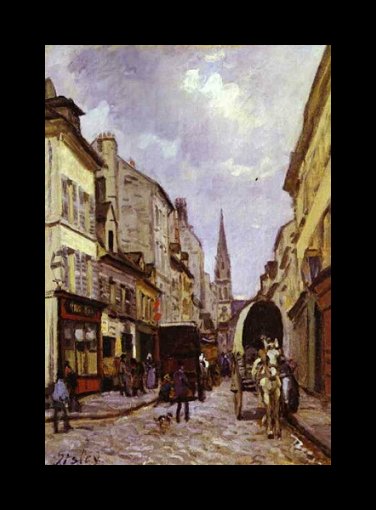
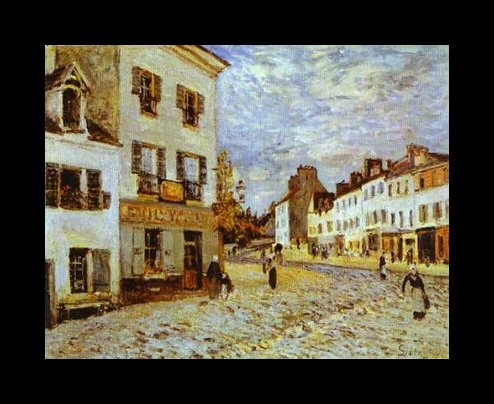
The Landscaper
If you were to take a look at the French countryside and let your eyes relax, ever so slightly, your eyes would create the same effect that Alfred Sisley created on canvas. To view the works of Sisley is almost like viewing a photograph through a wet pane of glass–it looks real, but slightly distorted. For this reason, Sisley is considered one of the original tour de force’s in Impressionism and landscape painting.
Sisley, a Parisian-born to English parents (though by his definition, not French, not English, but both), found little commercial success in his lifetime as a painter. Born to a wealthy family, Sisley was originally sent to the America’s to study business. However, he soon tired of it, and his family afforded the opportunity for him to study at the Atelier Gleyre in Paris in 1862. There, he was able to study with the likes of Monet and Renoir, with whom he became friends and worked alongside and founded Impressionism. Though he exhibited a number of times in many salons and galleries, Sisley’s work generally went unnoticed while he was alive.

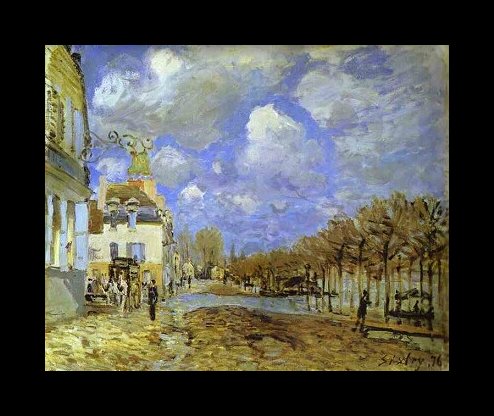
His ouvre consists strictly of landscapes in oil, nearly 900 in all; Sisley rarely strayed unto painting anything else. For this reason, a still-life Sisley may be in existence and unidentified. Less than a dozen still life’s or portraiture’s have been credited to Sisley to this day.
“The Forge at Mary-le-Roi” (1875) is one of the few exceptions to this rule. This painting features men in a barn forging iron—their features are undefined, and the barn is warranted the most detail. Unlike the intentions of other painters, Sisley did not try to use this scene to make a political or social statement, but merely painted it as it was.
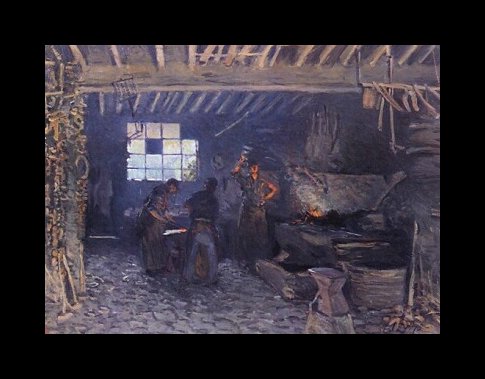
One certain way to identify a Sisley work, would be to take careful notice of the scenery and certain details. Most commonly, his signature appears as “Sisley” in the lower right hand corner of his paintings. Sisley had a fascination with the sky, and his landscapes are dominated by this fascination. The sky in almost all of Sisley’s work takes on an almost ethereal value–his color palette is true to life, as “The Saint-Martin Canal” (1872) shows. Sisley used color and light to indicate the weather and time of day in his paintings. He also produced many landscapes of snow covered fields and country homes, and they way he shows light reflecting off of the snow is magnificent. His colors have been called soft and harmonious, and are similar to the style of painter Camille Corot, whom Sisley was highly influenced by.
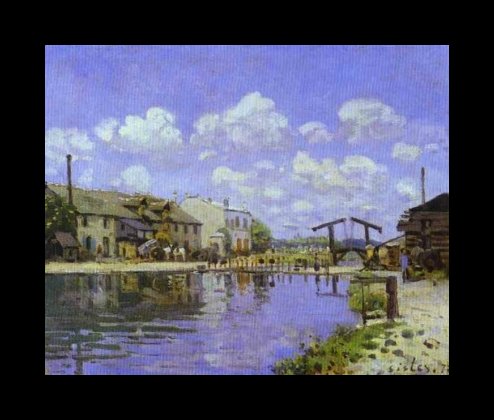
Sisley also had a fascination with he great flood of 1876, producing many paintings that year showing the after-effects. These paintings exclusively featured the Loire river. Toward the end of his life, he painted mainly near his home is the town of Moret-sur-Loing, where he stayed until he died of throat cancer in 1899.
Like many other artists of his time, Sisley took a hard hit during the Franco-Prussian War – perhaps the hardest of all. His family lost everything in their estate, and from then on, Sisley lived a life of hardship and poverty. It is for this reason that some of his earlier works, perhaps treasured and rare watercolors and etchings from the family home, could be in existence. Some of his unfinished or unrecognized works could have been stolen from the estate, making them a highly valuable item. It has been documented that he did, in fact, loose all of his paintings he was working on at the time, which were “destroyed”, and was the beginning of his financial hardships.
Today, Sisley is still considered a “little-known” artist, as his name does not ring with the same familiarity of his contemporaries, Renoir and Monet. He did not paint highly emotional political or social scenes with complex meanings. Very rarely did Sisley paint cityscapes or industrialization – simply ideal country scenes. However, he made great strides in Impressionistic landscape painting, and served as a paint-brush wielding journalist and archived the simple life in his time.
Reviews
1,217 global ratings
5 Star
4 Star
3 Star
2 Star
1 Star
Your evaluation is very important to us. Thank you.
